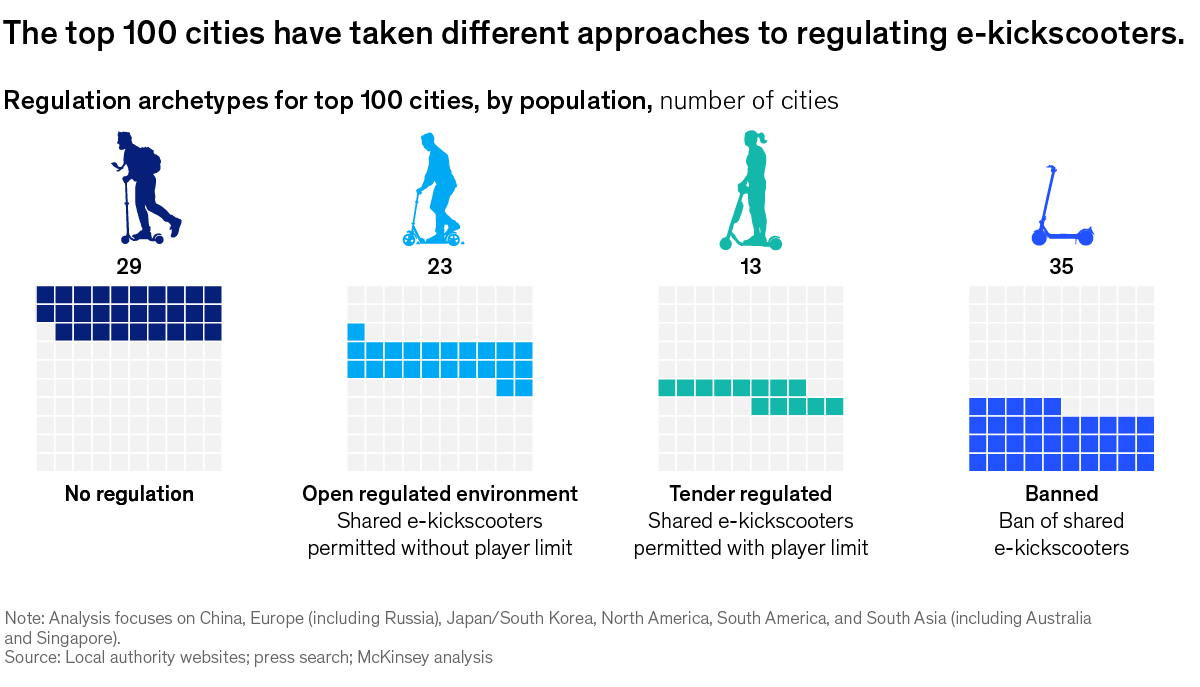Archives
- By thread 3677
-
By date
- June 2021 10
- July 2021 6
- August 2021 20
- September 2021 21
- October 2021 48
- November 2021 40
- December 2021 23
- January 2022 46
- February 2022 80
- March 2022 109
- April 2022 100
- May 2022 97
- June 2022 105
- July 2022 82
- August 2022 95
- September 2022 103
- October 2022 117
- November 2022 115
- December 2022 102
- January 2023 88
- February 2023 90
- March 2023 116
- April 2023 97
- May 2023 159
- June 2023 145
- July 2023 120
- August 2023 90
- September 2023 102
- October 2023 106
- November 2023 100
- December 2023 74
- January 2024 75
- February 2024 75
- March 2024 78
- April 2024 74
- May 2024 108
- June 2024 98
- July 2024 116
- August 2024 134
- September 2024 130
- October 2024 141
- November 2024 100
-
[ACTION REQUIRED by Aug 21st]: Changes to IP ranges for New Relic and Cloud Integrations
New Relic

1. Changes impacting cloud services (AWS, Azure, GCP)
On August 21st, 2023, New Relic will add new source IP ranges for our cloud integrations for AWS, AWS GovCloud, Azure, and GCP. If you use IP-based access controls, you will need to allow (whitelist) the following additional IP ranges to ensure uninterrupted service (note: you may see traffic from these IP addresses during our testing):
- 18.246.82.0/25
- 3.145.244.128/25
- 3.27.118.128/25
- 20.51.136.0/25
- 4.197.217.128/25
- 3.77.79.0/25
2. Changes impacting New Relic services
Additionally, New Relic’s infrastructure agent will start making use of the full range of IP addresses listed in our documentation as part of our continued scaling and optimization efforts. To ensure that our integrations can access New Relic domains, you will need to do the following:
- Allow (whitelist) the following IP ranges: 162.247.240.0/22 and 185.221.84.0/22
- Remove any hard-coded endpoints/IP addresses in your configuration.
If you have questions, please reach out to your account team or New Relic Explorer’s Hub.

View in browser
This email was sent to info@learn.odoo.comFor information about our privacy practices, see our Privacy Policy.
Need to contact New Relic? You can chat or call us at 888-643-8776.
New Relic, Inc. 188 Spear St, San Francisco, CA 94105.
© 2023 New Relic, Inc. All rights reserved. New Relic logo are trademarks of New Relic, Inc.
by "New Relic" <noreply@newrelic.com> - 03:31 - 21 Jul 2023 -
Sustainable and inclusive growth: Zooming in on urban real estate
Get updated Share these insights
This email contains information about McKinsey's research, insights, services, or events. By opening our emails or clicking on links, you agree to our use of cookies and web tracking technology. For more information on how we use and protect your information, please review our privacy policy.
You received this email because you subscribed to our McKinsey Global Institute alert list.
Copyright © 2023 | McKinsey & Company, 3 World Trade Center, 175 Greenwich Street, New York, NY 10007
by "McKinsey & Company" <publishing@email.mckinsey.com> - 12:03 - 21 Jul 2023 -
A new issue of the McKinsey Quarterly is here
Sign up now for instant access The newest issue of the McKinsey Quarterly explores the transformative potential of digital and AI. In our cover story, “Rewired to outcompete,” authors Eric Lamarre, Kate Smaje, and Rodney Zemmel reveal six signature moves the C-suite should sponsor to build an outperforming organization. You’ll also find related case studies, a look at how art institutions are using data analytics to add value and resilience, and much more.
This edition is available in an immersive online reading experience we’ve recently unveiled for our flagship publication. Sign up for a free digital Quarterly membership to access it.A membership to the digital edition of the McKinsey Quarterly also includes downloads of our top 100 reports in the McKinsey Insights Store as well as access to previous digital issues of the Quarterly.
This email contains information about McKinsey's research, insights, services, or events. By opening our emails or clicking on links, you agree to our use of cookies and web tracking technology. For more information on how we use and protect your information, please review our privacy policy.
You received this email because you signed up for a McKinsey Quarterly digital membership.
Manage subscriptions | Unsubscribe me from McKinsey Quarterly digital membership
Copyright © 2023 | McKinsey & Company, 3 World Trade Center, 175 Greenwich Street, New York, NY 10007
by "McKinsey & Company" <publishing@email.mckinsey.com> - 08:45 - 21 Jul 2023 -
From Gen Z to boomers, are we all really so different at work?
On Point
New research reveals what’s myth
by "McKinsey On Point" <publishing@email.mckinsey.com> - 12:53 - 21 Jul 2023 -
Unlocking the Power of Technology: Discover Our Impressive Software Product Range!
Unlocking the Power of Technology: Discover Our Impressive Software Product Range!
Showcasing a collection of cutting-edge tech solutions that redefine innovation.
Our Range of Cutting-Edge Products
An advanced fleet management software that enables real-time vehicle tracking, fuel monitoring,
tire management, and much more.
A secure and efficient school bus management software that uses GPS tracking, RFID, and video monitoring to improve student safety.
A perfect field employee monitoring software for transparent, effective and collaborative remote
administration.
A waste collection software that uses sensors, and analytics to track waste levels, optimize collection routes, and reduce waste.
Ready to revolutionize your fleet management?

Uffizio Technologies Pvt. Ltd., 4th Floor, Metropolis, Opp. S.T Workshop, Valsad, Gujarat, 396001, India
by "Sunny Thakur" <sunny.thakur@uffizio.com> - 07:01 - 20 Jul 2023 -
Remote's July update is here!
Remote's July update is here!
Your monthly dose of remote work insights, new partnerships, on-demand webinars, customer stories, and more.
 July
2023
July
2023

top stories
Remote and Gusto launch global employment and compliance partnership for U.S. companies
We’re thrilled to announce our new integration with Gusto, which enables even more companies in the United States to effortlessly tap into global talent. Together, we’re simplifying international payroll, connecting businesses with the best people, and making global dreams a reality. Learn more about this exciting partnership and how you can sign up for the waitlist on our blog.
Try Remote Contractor Management: Free for 30 Days
We are excited to launch a 30-day free trial for Remote Contractor Management. Your free trial will be automatically activated when you add your first contractor. You can enjoy all the benefits of Remote's Contractor Management until the end of the 30-day trial period.

feature spotlight
Unlock salary insights worldwide with our new Compensation Explorer
With Remote’s Compensation Explorer, you can leverage our proprietary salary insights to make more competitive, data-driven offers. Say goodbye to hours of research and costly benchmarking tools — give it a try today!

partnership news
Say hello to Zelt + Remote's new easy-to-use integration
We are excited to share the news that Zelt has built a new, easy-to-use integration with Remote. Take advantage now to boost your people team's productivity when hiring globally. Through synchronized employee data and the automation of repetitive data tasks, global hiring just got easier with Zelt and Remote!
New partner discounts available
We're thrilled to add several new companies to our growing roster of marketplace partners, including EasyLlama, Gable, GroWrk, Jobylon, Livestorm, and Offsite. Learn how they can help you grow your global business and get special discounts on their products.

on-demand webinar
On-demand webinar: How to build a fair and inclusive hiring process
Empower yourself with the tools to build a more diverse and inclusive workplace. Discover innovative approaches and best practices to create a fair and inclusive hiring process from experts at Hired and Remote in this on-demand virtual event.

new country alert
Remote is now available in the UAE
We are excited to announce that you can now use Remote to make employment in the United Arab Emirates easy. Let us handle payroll, benefits, taxes, compliance, and even stock options for your team, all in one easy-to-use platform.


How Phiture manages 30% of its workforce with Remote
Discover the power of remote work with Phiture! This insightful blog post showcases how Phiture, a remote work leader, embraces flexibility and advocates for remote work benefits. Learn how Phiture's innovative approach boosts productivity, fosters a thriving work culture, and provides valuable insights to enhance your remote work strategy. Read now and unlock remote work's potential like Phiture!

Get more value from your people data with the Remote API
There's a better way to use your people data, and it starts with putting Remote at the heart of your HR tech stack. Integrate all of your HR tools – including your internal systems – with the Remote API to get a single view of your organization. The best part? It’s 100% free for our customers!
Remote makes global employment easy.
With our localized contracts, easy invoice management, and best-in-class compliance, you can grow your global team with confidence.




You received this email because you are subscribed to News & Offers from Remote Technology, Inc.
Update your email preferences to choose the types of emails you receive.
Unsubscribe from all future emailsRemote Technology, Inc.
Copyright © 2023 Remote Technology, Inc. All rights reserved.
18 Bartol St. #1163 San Francisco California
by "Remote" <hello@remote-comms.com> - 12:16 - 20 Jul 2023 -
Network Protocols behind Server Push, Online Gaming, and Emails
Network Protocols behind Server Push, Online Gaming, and Emails
Welcome to this new issue where we expand our exploration into essential network protocols and their various applications. The focus here is on understanding how different protocols shape the way we communicate and interact over the Internet. We will dive into the following areas: Open in app or online This is a sneak peek of today’s paid newsletter for our premium subscribers. Get access to this issue and all future issues - by subscribing today.
Latest articles
If you’re not a subscriber, here’s what you missed this mont
To receive all the full articles and support ByteByteGo, consider subscribing:
Welcome to this new issue where we expand our exploration into essential network protocols and their various applications. The focus here is on understanding how different protocols shape the way we communicate and interact over the Internet. We will dive into the following areas:
The process through which servers can proactively send updates to clients using WebSockets.
The reason behind the choice of UDP protocol in gaming applications, and how its reliability can be enhanced.
The mechanisms involved in delivering emails via SMTP.
Each of these protocols serves unique purposes and empowers various functionalities in the digital world. Let's dive in to understand how these protocols bring life to our everyday online interactions.
WebSocket
In our previous discussions, we examined HTTP and its role in typical request-response interactions between a client and a server. HTTP serves most scenarios well, especially when responses are immediate. However, in situations where the server needs to push updates to the client, especially when those updates depend on events not predictable by the client (such as another user's actions), HTTP may not be the most efficient approach. This is because HTTP is fundamentally a pull-based protocol where the client has to initiate all requests. So, how do we manage to push data from the server to the client without the client having to predict and request each update? There are typically four methods to handle this kind of push-based communication, as shown in the diagram below.
Short polling
This is the most basic method. In this approach, the client, which could be a web app running in our browser, repeatedly sends HTTP requests to the server. Imagine this scenario: We log in to a web app and are presented with a QR code to scan with our smartphone. This QR code is usually for a specific action, like authentication or to initiate a certain process. The web app doesn't know the exact moment we scan the QR code. So, it keeps sending requests to the server every 1-2 seconds to check the status of the QR code. Once we scan the QR code with the smartphone, the server identifies the scan, and in response to the next check from the web app, sends back the updated status. This way, we’ll get a response within the next 1-2 seconds after scanning the QR code. This frequent checking is why we refer to this method as "short polling".
There are two problems with this:
It sends an excessive number of HTTP requests. This takes up bandwidth and increases the server load.
In the worst scenario, we might wait up to 2 seconds for a response, causing noticeable delay.
Long polling
Long polling tackles short polling issues by setting a longer timeout for HTTP requests. Think of it this way: we adjust the timeout to 30 seconds. If we scan the QR code within this timeframe, the server immediately sends a response. This approach significantly decreases the number of HTTP requests.
However, long polling isn’t without its challenge. Even though long polling cuts down the number of requests, each open request still maintains a connection to the server. If there are many clients, this can put strain on the server resources.
WebSocket
Short and long polling work well for simpler tasks like QR code scanning. But for complex, data-heavy, and real-time tasks like online gaming, a more efficient solution is needed - enter WebSocket.
TCP, by nature, allows bidirectional data flow, enabling the client and server to send data to each other simultaneously. However, HTTP/1.1, built on TCP, doesn't fully utilize this capability. In HTTP/1.1, data transmission is generally sequential - one party sends data, then the other. This design, while sufficient for web page interactions, falls short for applications like online gaming that demand simultaneous, real-time communication. WebSocket, another protocol based on TCP, fills this gap by allowing full-duplex communication between client and server over a single connection. More on this later.
SSE (Server-Sent Events)
SSE, or Server-Sent Events, stands out for a specific use case. When a client establishes an SSE connection, the server keeps this connection open to continuously send updates. This setup is perfect for situations where the server needs to regularly push data to the client, while the client just receives the data without needing to send information back to the server. A typical example is live stock market data updates. With SSE, servers can push real-time data to the client without needing a request every time an update is available. It's worth noting that, unlike WebSockets, SSE doesn't support bidirectional communication, making it less suitable for use cases that require back-and-forth communication.
How to Establish a WebSocket Connection
To set up a WebSocket connection, we need to include certain fields in the HTTP header. These headers tell the browser to switch to the WebSocket protocol. A randomly generated base64-encoded key (Sec-WebSocket-Key) is sent to the server.
Connection: Upgrade Upgrade: WebSocket Sec-WebSocket-Key: T2a6wZlAwhgQNqruZ2YUyg==\r\nThe server responds with these fields in the HTTP header.
HTTP/1.1 101 Switching Protocols\r\n Sec-WebSocket-Accept: iBJKv/ALIW2DobfoA4dmr3JHBCY=\r\n Upgrade: WebSocket\r\n Connection: Upgrade\r\nThe status code 101 means the protocol is switching. After this extra handshake, a WebSocket connection is established, as illustrated in the diagram below.
WebSocket Message
Once HTTP upgrades to WebSocket, the client and server exchange data in frames. Let’s see what the data looks like.
The Opcode, a 4-bit field, shows the type of frame data.
“1” indicates a text frame.
“2” indicates a binary frame.
“8” is a signal to close the connection.
Payload length could be a 7-bit field or extended to include the extended payload length. If both length fields are fully utilized, the payload length could represent several terabytes of data.
WebSocket is suitable for online gaming, chat rooms, and collaborative editing applications. These require frequent interactions between client and server.
In the next part, we’ll discuss another important application-layer protocol - RPC (Remote Procedure Call).
RPC
RPC allows the execution of a function on a different service. From the calling program’s perspective, it appears as if the function is being executed locally. The diagram below illustrates the difference between local and remote procedure calls. We could deploy modules like order management and payment either in the same process or on different servers. When deployed in the same process, it is a local function call. When deployed on different servers, it is a remote procedure call.
Why do we need RPC? Can’t we use HTTP for communication between services? Let’s compare RPC and HTTP in the table below.
The main advantage of RPC over HTTP is its lightweight message format and improved performance. An example is gRPC, which operates on HTTP/2 and delivers better performance due to this.
Let's examine how gRPC works from start to end:
Step 1: A REST call is made from the client. The request body is usually in JSON format.
Steps 2 - 4: The order service (acting as a gRPC client) receives the REST call, transforms it into a suitable format, and then initiates an RPC call to the payment service. gPRC encodes the client stub into binary format and sends it to the low-level transport layer.
Step 5: gRPC sends the packets over the network via HTTP2. Binary encoding and network optimizations make gRPC reportedly up to five times faster than JSON.
Steps 6 - 8: The payment service (acting as a gRPC server) receives the packets, decodes them, and invokes the server application.
Steps 9 - 11: The result from the server application gets encoded and sent to the transport layer.
Steps 12 - 14: The order service receives the packets, decodes them, and sends the result to the client application.
Keep reading with a 7-day free trial
Subscribe to ByteByteGo Newsletter to keep reading this post and get 7 days of free access to the full post archives.
A subscription gets you:
An extra deep dive on Thursdays Full archive Many expense it with team's learning budget Like
Comment
Restack
© 2023 ByteByteGo
548 Market Street PMB 72296, San Francisco, CA 94104
Unsubscribe
by "ByteByteGo" <bytebytego@substack.com> - 11:38 - 20 Jul 2023 -
[Ebook] Six Steps to Achieve Business Observability
New Relic
 Is technology a black hole from a financial perspective? It shouldn’t be, not when you have the power to connect IT telemetry with business analytics and break down silos between teams.
Is technology a black hole from a financial perspective? It shouldn’t be, not when you have the power to connect IT telemetry with business analytics and break down silos between teams.
Learn how to make data-driven decisions for greater financial gains by better understanding how applications and infrastructure impact your business. This eBook shows you how.
Read the Ebook Need help? Let's get in touch. 

 This email is sent from an account used for sending messages only. Please do not reply to this email to contact us—we will not get your response.
This email is sent from an account used for sending messages only. Please do not reply to this email to contact us—we will not get your response.View in browser
This email was sent to info@learn.odoo.com. Update your email preferences.For information about our privacy practices, see our Privacy Policy.
Need to contact New Relic? You can chat or call us at +44 20 3859 9190
Strand Bridge House, 138-142 Strand, London WC2R 1HH
© 2023 New Relic, Inc. All rights reserved. New Relic logo are trademarks of New Relic, Inc.
by "New Relic" <emeamarketing@newrelic.com> - 05:57 - 20 Jul 2023 -
E-commerce can benefit many types of retail businesses. How does your online presence stack up?
On Point
Optimize online sales Brought to you by Liz Hilton Segel, chief client officer and managing partner, global industry practices, & Homayoun Hatami, managing partner, global client capabilities
• A new lease on life. As people move into different homes or remodel an existing space, their tastes and decorative needs may change, sparking a search on an online marketplace or other e-commerce site for just the right table or lamp. Online outlets attracted millions of consumers during the pandemic when brick-and-mortar stores closed their doors. While some buyers thrive on the thrill of the hunt, others may be attracted to an item because of its backstory. When consumers see an item displayed in a staged photo, that heightens their emotions and willingness to purchase it, a marketing professor said. [NYT]
• Mind the (online) store. Buying goods online has become second nature to many consumers. In fact, online transactions are expected to account for nearly 25% of all worldwide sales by 2025. Larger retailers that had already invested in capabilities and infrastructure saw a jump in returns during the pandemic, but many small to medium-size companies realize a much smaller portion of revenue from e-commerce, McKinsey senior partner Karel Dörner and coauthors explain. Guarding against five short-term traps could help smaller retailers grow.
• Level up your e-commerce. As customer preferences continue to shift postpandemic, companies of all sizes and types can benefit from rethinking their strategies for growth. Channels such as retail media networks and live commerce can help brands and retailers build stronger relationships with customers, while investments in operations (in addition to tech tools) can increase agility and flexibility. Learn how e-commerce can generate value for a wide range of organizations, including small and large retailers, brands, and consumer-packaged-goods companies.
— Edited by Gwyn Herbein, editor, Atlanta
This email contains information about McKinsey's research, insights, services, or events. By opening our emails or clicking on links, you agree to our use of cookies and web tracking technology. For more information on how we use and protect your information, please review our privacy policy.
You received this email because you subscribed to the On Point newsletter.
Copyright © 2023 | McKinsey & Company, 3 World Trade Center, 175 Greenwich Street, New York, NY 10007
by "McKinsey On Point" <publishing@email.mckinsey.com> - 12:09 - 20 Jul 2023 -
How to motivate and engage employees of all ages
Re:think
An employee experience for the ages
ON THE EMPLOYEE EXPERIENCE
Investing in a better workplace for all ages
Angelika ReichWhile the pandemic has been a traumatic experience for all of us, it has also offered many employees the opportunity to question their routines and reflect on their needs and motivations—and forced employers to listen. It has changed the power dynamic in the employment market and brought new job-related factors to light.
We researched the factors that matter most to employees across age groups and found that most of the conventional wisdom about generational differences doesn’t hold true. Work preferences are more similar than different by age, which may be especially surprising to employers nervous about generational change and how to adapt, especially to Gen Zers. Yes, Gen Zers are somewhat less concerned than others about compensation and place more value instead on flexibility, career development, meaningful work, and a safe environment. But other age groups also list many of the same factors as most important in their employment decisions.
For example, at all ages, employees highly value career development and learning. You might think that younger people would be more interested in development than people in the later stages of their career. But everyone cares about opportunities to get promoted, change roles, and have a true career path within a company.
In general, I don’t think employers need to provide different things to younger employees versus older ones. But it is important to take a nuanced approach to creating an engaging employee experience. While everyone values flexibility, it can look different across age groups and life stages. Gen Zers may rank flexibility highly so they can spend time on hobbies or traveling, while older millennials with caretaking responsibilities might value parental leave or flexible hours more than the ability to take several weeks of vacation in a row.
If they care for their employees and want to motivate them, employers have to understand people’s needs over the course of their careers. They have to know which moments matter most to their people and build the work experience around those. This means listening to as many workers as possible, using that feedback to create a constant dialogue with employees, and involving them in decisions about their work experience. It also means taking a strategic approach to skill development. If you have visibility into your people’s skills, where you can encourage them to take the next step, and which learning programs will most help them, you’ll better understand what meaningful career development looks like in different life stages.“We know attrition has a high cost: for the average S&P 500 organization, an attrition rate of 10 to 20 percent will cost between $130 million and $270 million.”
Technology can play a huge role in supporting everyone’s development. Companies can use AI, for example, to assess current skill levels and identify stretch assignments that keep people motivated to learn something new and even consider what jobs they could do next. These types of pushes also optimize productivity and performance, as other McKinsey research shows that the most productive, successful employees make regular role changes throughout their careers, not just at the beginning. Of course, learning can be delivered effectively in a hybrid or a remote way. Many learning opportunities can be digitized and gamified. They’re entertaining, so people choose to spend free time on learning.
Still, Gen Zers pose—and face—some unique challenges. There is a higher risk of them leaving if their needs are not satisfied. In hybrid or remote workplaces, it can be harder for Gen Z employees to get the growth and apprenticeship opportunities they need. But I am convinced that a combination of the right leadership style, along with technology, can support development and mentorship in any environment.
Our research found that uncaring leaders ranks among the top three reasons people leave a company or don’t join a new one. When COVID-19 started, managers and leaders were thrown into the deep end as expectations changed; hybrid or remote environments require very different leadership styles. Leaders now need to have the confidence to set a vision for when (and how) to bring people together and when people are allowed to choose where they do their work. That requires a shift from the command-and-control style, which is a way of leading that doesn’t work anymore, for Gen Z or any age group. So, it’s less about “you need to lead Gen Z differently,” than “you need to lead differently in a new environment for everyone.”
We analyze not only the factors for improving the employee experience but also the value at stake by not delivering on that. Companies can’t address their workforce’s needs through incremental improvements; it requires both commitment and true investment. We know attrition has a high cost: for the average S&P 500 organization, an attrition rate of 10 to 20 percent will cost between $130 million and $270 million. In our sample, more than half of workers reported low or moderate satisfaction with their work. This can lead to absenteeism, presenteeism, and quiet quitting, all of which undercut productivity at work and, based on our estimate, could cost the average S&P company around $90 million. Disengagement costs money, and one way or another, companies have to act upon it.ABOUT THE AUTHOR
Angelika Reich is a partner in the Vienna office.
MORE FROM THIS AUTHOR
UP NEXTAD Bhatia on worker ingenuity
Frontline workers often have the best ideas for improving productivity, but few companies capitalize on this rich source of creativity. Here’s how worker insights can improve transformations.
This email contains information about McKinsey’s research, insights, services, or events. By opening our emails or clicking on links, you agree to our use of cookies and web tracking technology. For more information on how we use and protect your information, please review our privacy policy.
You received this email because you subscribed to our McKinsey Quarterly alert list.
Copyright © 2023 | McKinsey & Company, 3 World Trade Center, 175 Greenwich Street, New York, NY 10007
by "McKinsey Quarterly" <publishing@email.mckinsey.com> - 03:47 - 19 Jul 2023 -
As people leave urban centers, can superstar cities like London and Paris stay vibrant?
On Point
Modeling real estate demand in 2030 Brought to you by Liz Hilton Segel, chief client officer and managing partner, global industry practices, & Homayoun Hatami, managing partner, global client capabilities
• Cities’ vacant offices. Schools are full of kids, and cruise lines are packed with travelers, but commercial real estate is still wrestling with high vacancies and lackluster demand. In 2026, when a third of US office leases expire, we can expect rents to fall and vacancies to climb higher still. That threatens cities that depend on commercial property taxes for a significant share of revenue. Rather than increase taxes, which might antagonize affluent residents, cities might highlight what they do best: green transit, walkable pathways, and cultural amenities. [Atlantic]
• Empty spaces. Vacant office and retail space have grown sharply as hybrid work proliferates. Real estate faces tough challenges in the world's superstar cities—places such as Beijing, Houston, and Paris—which claim a disproportionate share of urban GDP and GDP growth. How long could the pain last? To find out, McKinsey modeled several scenarios. In a moderate scenario, demand for office space may fall 13% in 2030, compared with 2019. In a severe scenario, demand could plunge by as much as 38%, explain Sven Smit, McKinsey’s chair of insights and ecosystems and chair of the McKinsey Global Institute, and coauthors.
• Hybrid places. As residents move out of the densest city areas, they’re taking their shopping elsewhere. In metropolitan areas, foot traffic near stores remains 10 to 20% below prepandemic levels. Foot traffic is also recovering faster in the suburbs than in more heavily populated areas. Challenges like these may imperil the fiscal health of cities. Yet they might also prompt a historic transformation of urban spaces. Consider what actions cities, developers, and other stakeholders could take to turn empty spaces into hybrid places.
— Edited by Belinda Yu, editor, Atlanta
This email contains information about McKinsey's research, insights, services, or events. By opening our emails or clicking on links, you agree to our use of cookies and web tracking technology. For more information on how we use and protect your information, please review our privacy policy.
You received this email because you subscribed to the On Point newsletter.
Copyright © 2023 | McKinsey & Company, 3 World Trade Center, 175 Greenwich Street, New York, NY 10007
by "McKinsey On Point" <publishing@email.mckinsey.com> - 11:33 - 19 Jul 2023 -
Staying Connected with the Innovation Summit Bangkok 2023 !
Schneider Electric
Visit WebsiteDigital. Electric. Efficient. Sustainable.We missed you at the Innovation Summit Bangkok 2023: Innovations for a Sustainable Thailand, but we recorded it so you don't have to miss out on the inspiring ideas and valuable insights.
Register to watch the the recordings of Innovation Summit at your convenience. Please click the "Watch on demand VDO".
On-demand VDO is available only from July 18, 2023 to August 16, 2023!
Or click the 'Download Presentation' button for details on topics presented at Innovation Summit Bangkok 2023.+ Lifecycle Services From energy and sustainability consulting to optimizing the life cycle of your assets, we have services to meet your business needs. Schneider Electric
46 Rungrojthanakul Building. 1st, 10th, 11th Floor, Ratchadapisek Road. Huaykwang
Bangkok - 10310, Thailand
Phone +662 617 5555© 2023 Schneider Electric. All Rights Reserved. Schneider Electric is a trademark and the property of Schneider Electric SE, its subsidiaries and affiliated companies. All other trademarks are the property of their respective owners.
by "Schneider Electric" <reply@se.com> - 05:28 - 19 Jul 2023 -
Registration is Ending Soon | oneAPI DevSummit for HPC & AI, Southeast Asia 2023
Registration is Ending Soon | oneAPI DevSummit for HPC & AI, Southeast Asia 2023
Immerse yourself in this free one-day virtual event focused on cross-platform development and future technologies.
Register now 
oneAPI DevSummit for HPC & AI, Southeast Asia 2023
August 03, 9:00 am - 5:00 pm IST
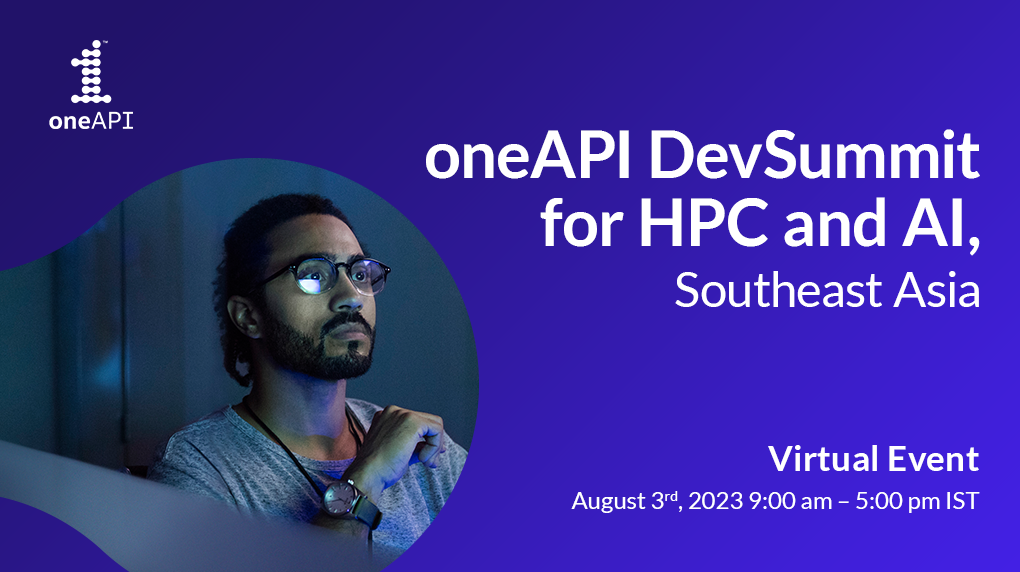


Register now 
Save the date! The oneAPI DevSummit for HPC & AI, Southeast Asia 2023 returns on August 03 with all new topics, speakers, case studies and the latest developments on oneAPI. This one-day virtual event is dedicated to innovative cross-platform solutions developed on oneAPI—a unified, standards-based programming model that delivers uncompromised performance on diverse workloads.
Register today and stand in a chance to win some amazing Prizes and Giveaways at the event :
- First 50 Early Bird prizes
- Event giveaways - Amazon and Starbucks Vouchers
- Lucky dip prizes for engagement at the summit
Save your virtual spot 
Whether you attended a previous DevSummit or if this is your first time participating, this summit will offer you a chance to hear from industry and academic experts to connect and network with other innovators.
Explore more 
Additionally, you’ll get to experience an expansive keynote, techtalks, live tutorials, and a perspective on cross-architecture computing to catapult you to the next level in your developer journey.
View all speakers 
We hope to see you on August 03, 2023, for the Virtual Conference.





If you forward this email, your contact information will appear in any auto-populated form connected to links in this email.
This was sent to info@learn.odoo.com because you are subscribed to Events & Tradeshows. To view and manage your marketing-related email preferences with Intel, please click here.
© 2023 Intel Corporation
Intel Corporation, 2200 Mission College Blvd., M/S RNB4-145, Santa Clara, CA 95054 USA. www.intel.comPrivacy | Cookies | *Trademarks | Unsubscribe | Manage Preferences
by "Intel Software Developer Zone" <intel@plan.intel.com> - 01:46 - 19 Jul 2023 -
Middle managers are the heart of your company
Offer the right rewards Brought to you by Liz Hilton Segel, chief client officer and managing partner, global industry practices, & Homayoun Hatami, managing partner, global client capabilities
What comes to mind when you hear “middle manager”? The word “middle” often implies that the person is headed somewhere else—ideally, to the top. But middle management can be a destination rather than a way station, say McKinsey’s Emily Field, Bryan Hancock, and Bill Schaninger, whose new book Power to the Middle: Why Managers Hold the Keys to the Future of Work comes out today. In a new McKinsey Quarterly article adapted from the book, they explain that middle managers play a critical role of connecting and integrating people and tasks, and should be viewed as being at the center of an organization—which is why the best middle managers are often best off staying exactly where they are. Abandon the outdated assumptions about the middle layer of management and see why offering the right rewards to your most-valued managers can pay off in the long run.
Quote of the day
Chart of the day
ALSO NEW
— Edited by Joyce Yoo, editor, New York
Share these insights
Did you enjoy this newsletter? Forward it to colleagues and friends so they can subscribe too. Was this issue forwarded to you? Sign up for it and sample our 40+ other free email subscriptions here.
This email contains information about McKinsey’s research, insights, services, or events. By opening our emails or clicking on links, you agree to our use of cookies and web tracking technology. For more information on how we use and protect your information, please review our privacy policy.
You received this email because you subscribed to our McKinsey Quarterly alert list.
Copyright © 2023 | McKinsey & Company, 3 World Trade Center, 175 Greenwich Street, New York, NY 10007
by "McKinsey Daily Read" <publishing@email.mckinsey.com> - 07:24 - 18 Jul 2023 -
Improving workforce participation for intersectional workers requires targeted action
On Point
Which UK workers are furthest behind Brought to you by Liz Hilton Segel, chief client officer and managing partner, global industry practices, & Homayoun Hatami, managing partner, global client capabilities
• Underrepresented in retail. Even though women make up more than 50% of the UK retail workforce (one of the nation’s largest industries), a new report shows they remain underrepresented in leadership roles. New data from a survey of more than 200 businesses reveals that only 41 boast female CEOs or CFOs, while just 13 have female chairs. In addition to the lack of gender diversity, businesses also lack racial diversity in the top ranks: about one-third of boards are made up of only White members. [Bloomberg]
• Falling behind. UK workers who identify as Black, Bangladeshi, and Pakistani are the furthest behind on pay and labor force participation, and those who fall at the intersection of gender and ethnicity are particularly vulnerable. Compared with all other ethnicity and gender combinations, Black, Bangladeshi, and Pakistani women are at the greatest disadvantage, McKinsey senior partner Tania Holt and colleagues reveal. While more women in these groups aged 16 to 25 are furthering their education and starting careers in higher-paying jobs, Black, Bangladeshi, and Pakistani women aged 26 and older face a growing disparity in pay as they continue their careers, due in part to an underrepresentation in leadership positions.
• For the good of all. Improving women’s earning potential translates to economic gains that benefit entire communities. But closing the pay gap for Black, Bangladeshi, and Pakistani women requires targeted effort on the part of employers, starting from an understanding of the economic and cultural experiences of these groups. Recruiting initiatives, professional network building, and transparency in the promotion pipeline could directly improve Black, Bangladeshi, and Pakistani women’s experiences in their organizations. Consider four meaningful actions leaders can take to address racial equality at work.
— Edited by Gwyn Herbein, editor, Atlanta
This email contains information about McKinsey's research, insights, services, or events. By opening our emails or clicking on links, you agree to our use of cookies and web tracking technology. For more information on how we use and protect your information, please review our privacy policy.
You received this email because you subscribed to the On Point newsletter.
Copyright © 2023 | McKinsey & Company, 3 World Trade Center, 175 Greenwich Street, New York, NY 10007
by "McKinsey On Point" <publishing@email.mckinsey.com> - 12:13 - 18 Jul 2023 -
Explore India: A top destination for global talent recruitment 🇮🇳
Explore India: A top destination for global talent recruitment 🇮🇳
Have you been wondering where to look next for the best talent? Here's why India might be your next hub! 🍵Hi MD,
Are you looking for new talent hotspots? Here’s why India should be on your radar...
With a highly skilled workforce renowned for tech expertise and adaptability to remote work, tapping into the Indian talent pool could help unlock your global potential. Here are some important considerations when expanding to India:
- Expertise and flexibility: Indian professionals tend to excel at integrating into global teams, and their time zone can facilitate round-the-clock development cycles. 💼💡
- Salary details: The average base salary for senior web engineers in India is $45,393 USD. 💸
- Benefit requirements: Health insurance has been mandatory in India since 2020. With Remote, you can provide your team with excellent local plans at competitive rates. 🏥💪 (See our local plans in India.)
- Talent hotspots: Bengaluru, Hyderabad, Pune, Chennai, NCR, and Mumbai are bursting with tech talent. 🎯
- Values matter: In Indian culture, family is paramount. Honoring work-life balance and respecting time off for family events and holidays fosters a productive and supportive work culture. 🤝🏠
Ready to explore further? Our comprehensive Country Hiring Considerations guide provides all the details you need to navigate hiring in India. Click to learn more! 🚀
And don't let global growth pass you by. Harness the power of global talent with Remote and start onboarding today.
Remote makes employment globally easy.
With our localized contracts, easy invoice management, and best-in-class compliance, you can grow your global team with confidence.




You received this email because you are subscribed to News & Offers from Remote Technology, Inc.
Update your email preferences to choose the types of emails you receive.
Unsubscribe from all future emailsRemote Technology, Inc.
Copyright © 2023 Remote Technology, Inc. All rights reserved.
18 Bartol St. #1163 San Francisco California
by "Remote" <hello@remote-comms.com> - 10:05 - 17 Jul 2023 -
Trakzee - White Label Fleet Management Software
Trakzee - White Label Fleet Management Software
A Software that enables real-time vehicle tracking, fuel monitoring, tire management, and much more.
An advanced fleet management software that enables real-time vehicle tracking, fuel monitoring, tire management, and much more.
Unveiling the Advanced Features of Our Industry-Leading Platform
Ready to revolutionize your fleet management?

Uffizio Technologies Pvt. Ltd., 4th Floor, Metropolis, Opp. S.T Workshop, Valsad, Gujarat, 396001, India
by "Sunny Thakur" <sunny.thakur@uffizio.com> - 07:00 - 17 Jul 2023 -
The ripple effects of hybrid work and the pandemic’s lasting impact on real estate
Explore the full report Brought to you by Liz Hilton Segel, chief client officer and managing partner, global industry practices, & Homayoun Hatami, managing partner, global client capabilities
Since the beginning of the pandemic, our relationship with office spaces has dramatically changed. Hybrid work has become the new normal for many—and it is here to stay. So what’s next for office, residential, and retail spaces in major cities? In a new McKinsey Global Institute report, McKinsey’s Jan Mischke, Ryan Luby, Brian Vickery, Jonathan Woetzel, Olivia White, Aditya Sanghvi, Jinnie Rhee, Anna Fu, Rob Palter, André Dua, and Sven Smit take a deep dive into the pandemic’s lasting impact on real estate and the ripple effect of hybrid work on where people live and where they shop. Give it a read and see what it takes to thrive in hybrid spaces.
Quote of the day
Chart of the day
ALSO NEW
— Edited by Joyce Yoo, editor, New York
Share these insights
Did you enjoy this newsletter? Forward it to colleagues and friends so they can subscribe too. Was this issue forwarded to you? Sign up for it and sample our 40+ other free email subscriptions here.
This email contains information about McKinsey's research, insights, services, or events. By opening our emails or clicking on links, you agree to our use of cookies and web tracking technology. For more information on how we use and protect your information, please review our privacy policy.
You received this email because you subscribed to our McKinsey Global Institute alert list.
Copyright © 2023 | McKinsey & Company, 3 World Trade Center, 175 Greenwich Street, New York, NY 10007
by "McKinsey Daily Read" <publishing@email.mckinsey.com> - 06:19 - 17 Jul 2023 -
Thank you for supporting ByteByteGo Newsletter
Thank you for reading ByteByteGo Newsletter. As a token of our appreciation, we're offering you a limited-time offer of 20% off a paid subscription.
Redeem special offerHere are the benefits you unlock with a paid subscription:
- An extra deep dive on Thursdays
- Full archive
- Many expense it with team's learning budget
Join the thousands of other readers who pay for full access to ByteByteGo Newsletter — redeem your special offer today!
Thanks again for reading.
by "ByteByteGo" <bytebytego@substack.com> - 01:08 - 17 Jul 2023 -
Webinar invite: Edge Insight for Industrial Overview
Webinar invite: Edge Insight for Industrial Overview

Edge Insight for Industrial Overview
Thursday, July 27, 2023
07:30 am - 08:30 am PDTRegister Now 
Edge Insight for Industrial consists of a set of pre-integrated ingredients optimized for Intel® architecture. It includes modules that enable data collection, storage, and analytics for both time-series and video data, as well as the ability to act on these insights by sending downstream commands to tools or devices.
In this session you will learn EII v4.0.0 key features and improvements.Register Now 
Speaker

Murni Jasamai
Enabling and Optimization Engineer- Intel
Murni has joined Intel since 2018 and works in the Machine Vision and Analytics domains to support solutions for customer enablement. Currently, she is working as a solution enabling and optimization engineer, and one of the main focus areas that she is supporting is Edge Insight for Industrial.





If you forward this email, your contact information will appear in any auto-populated form connected to links in this email.
This was sent to info@learn.odoo.com because you are subscribed to Webinars. To view and manage your marketing-related email preferences with Intel, please click here.
© 2023 Intel Corporation
Intel Corporation, 2200 Mission College Blvd., M/S RNB4-145, Santa Clara, CA 95054 USA. www.intel.com
Privacy | Cookies | *Trademarks | Unsubscribe | Manage Preferences
by "Intel Corporation" <intel@plan.intel.com> - 11:04 - 17 Jul 2023







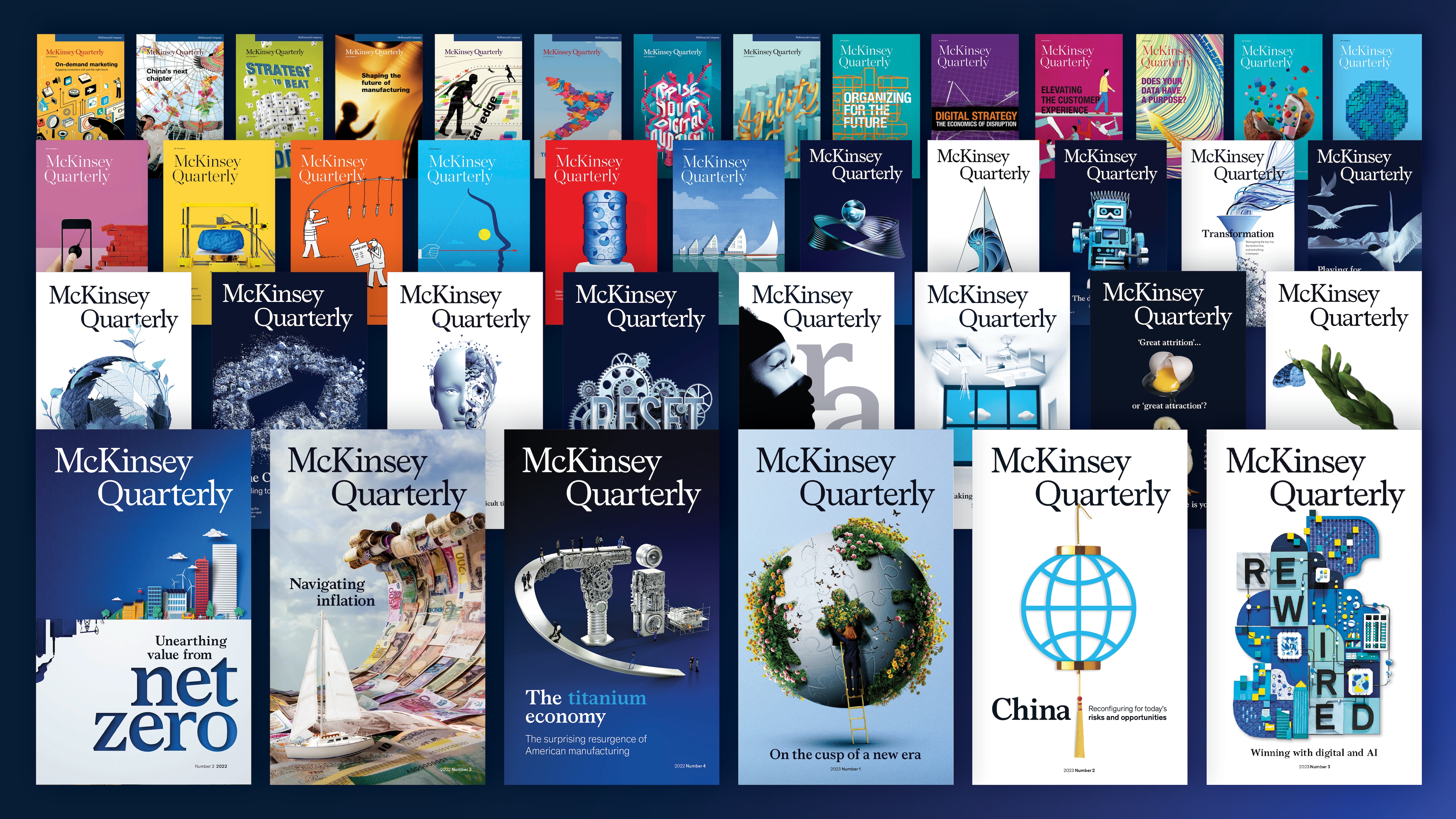















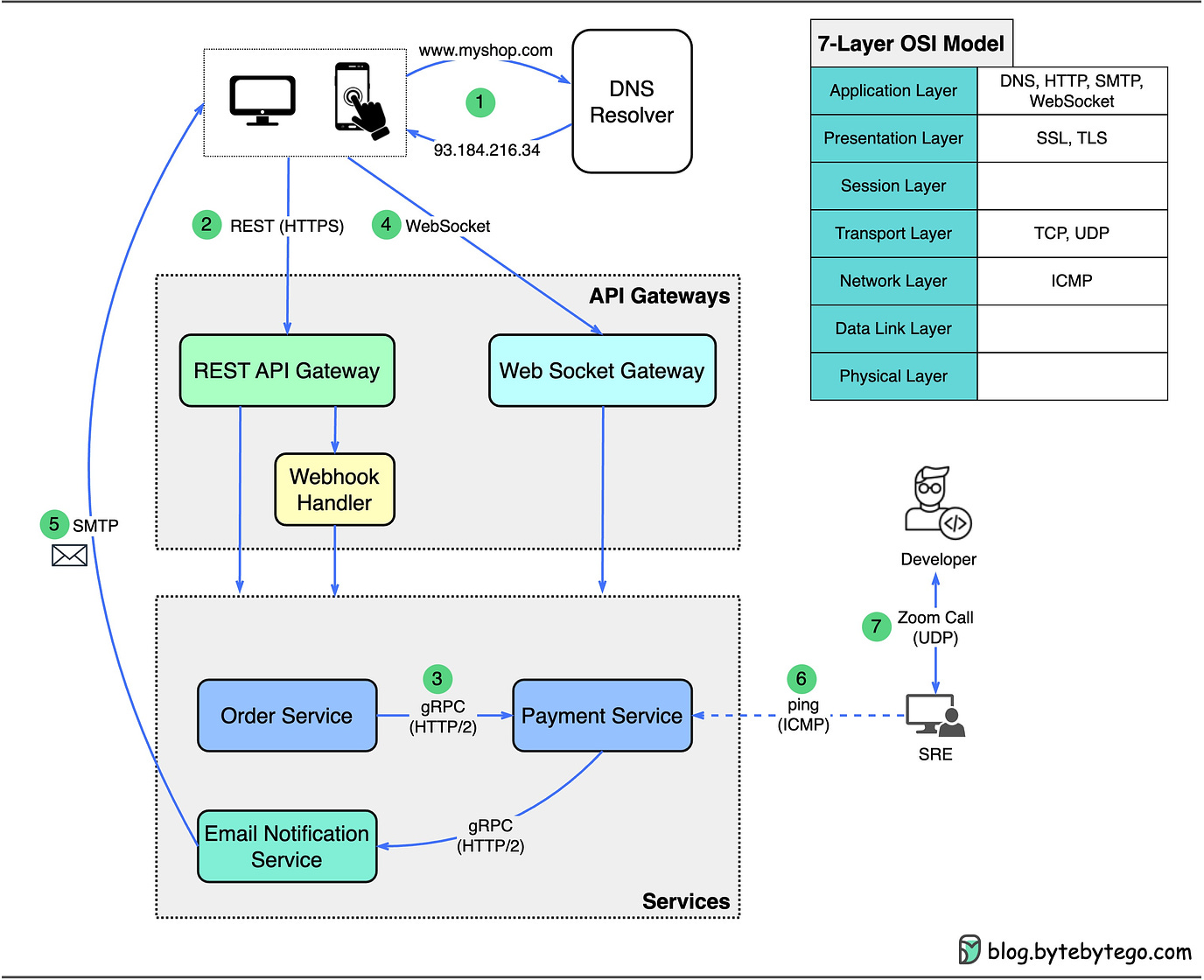
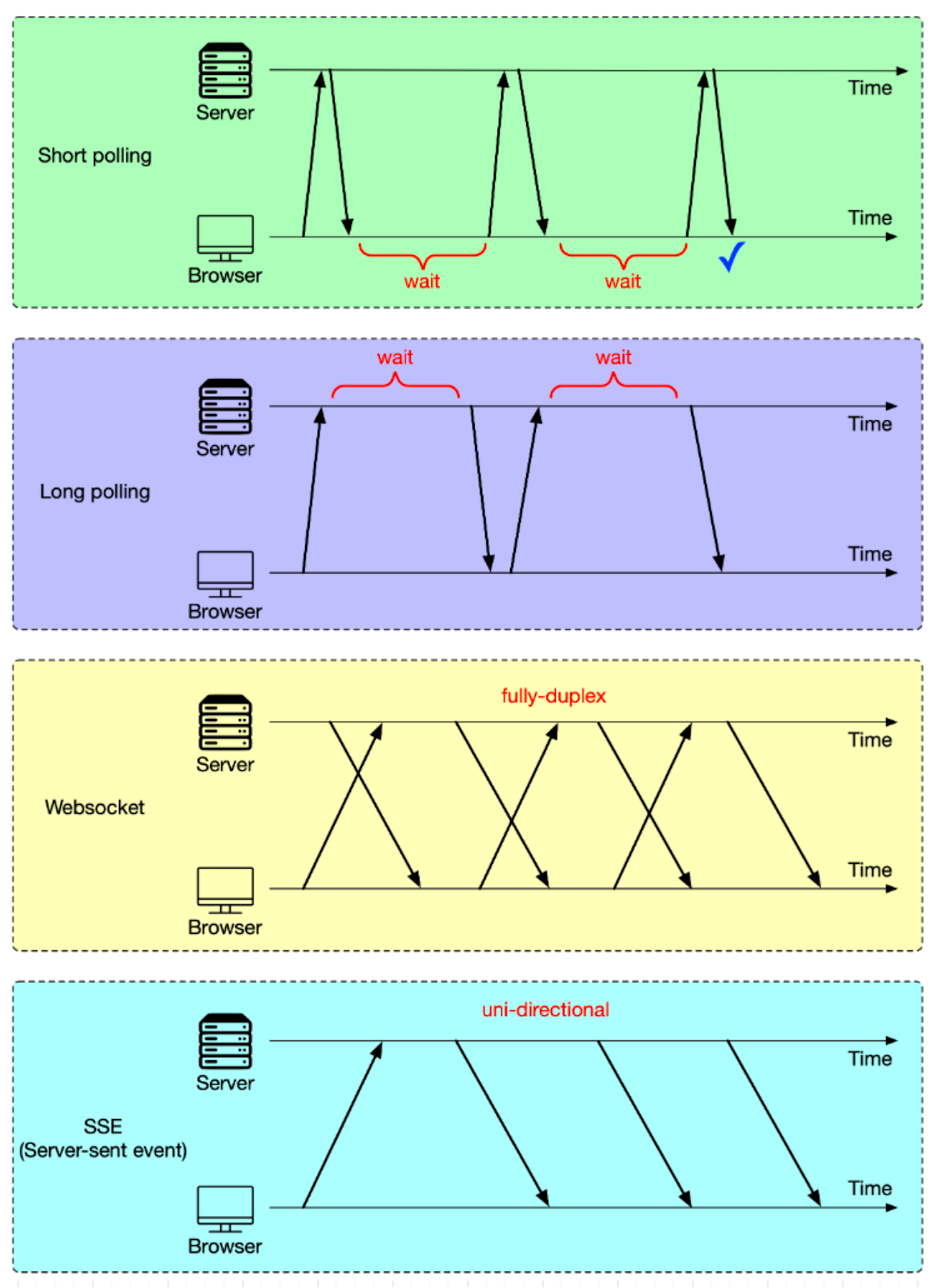
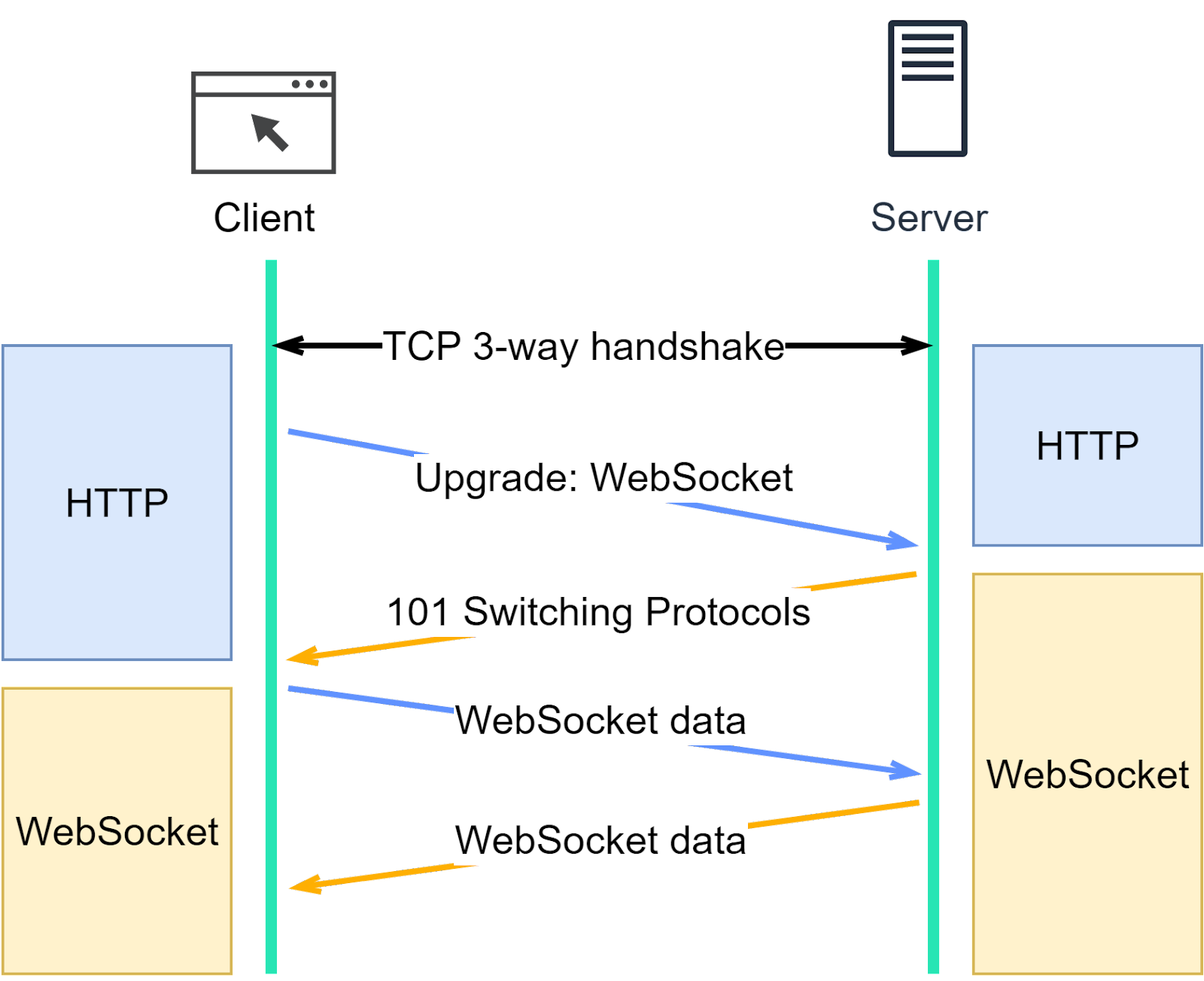
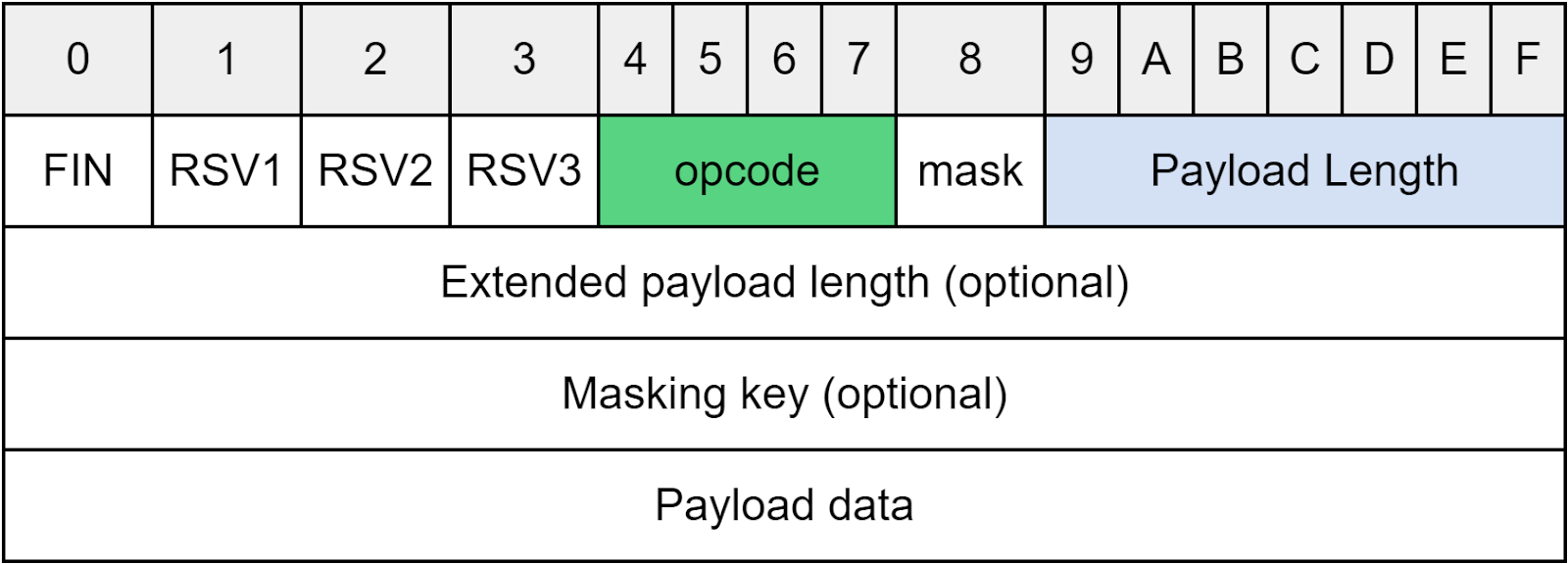
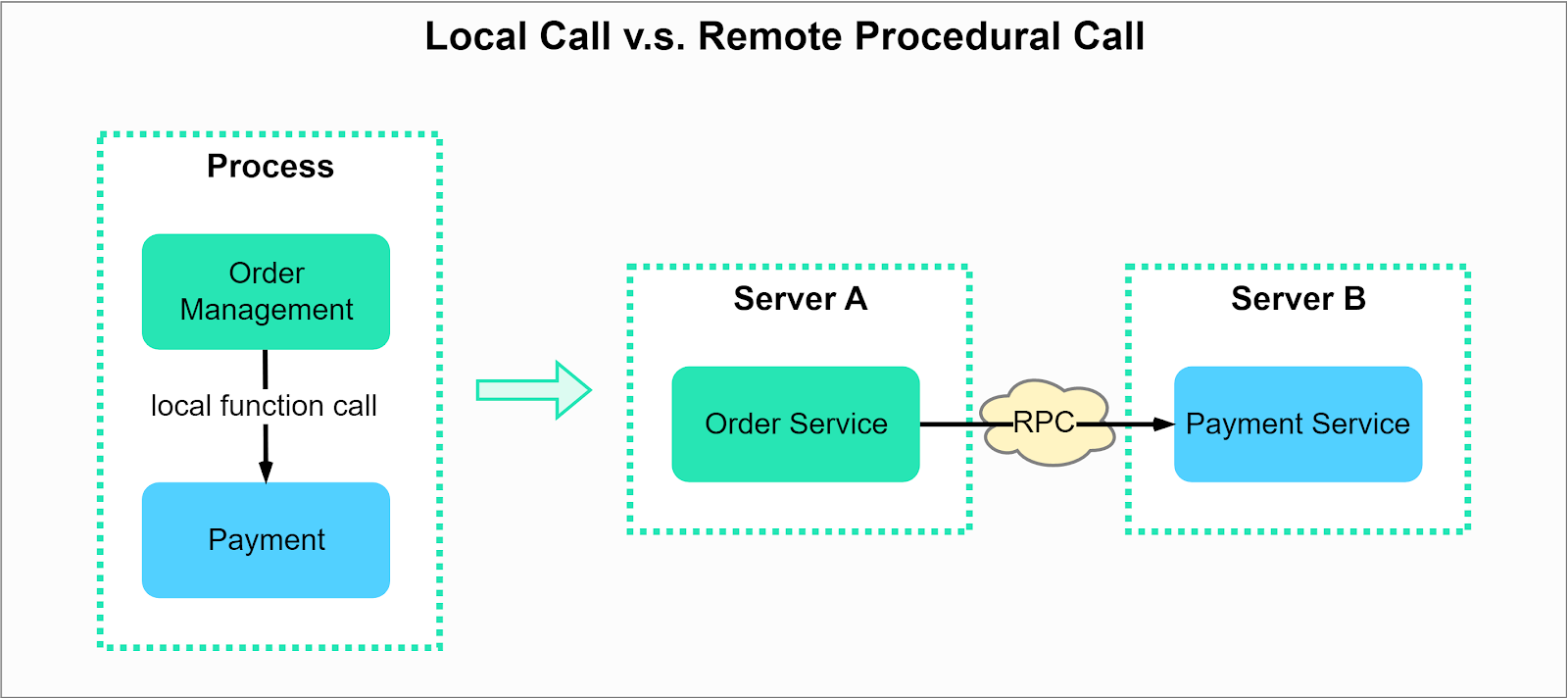
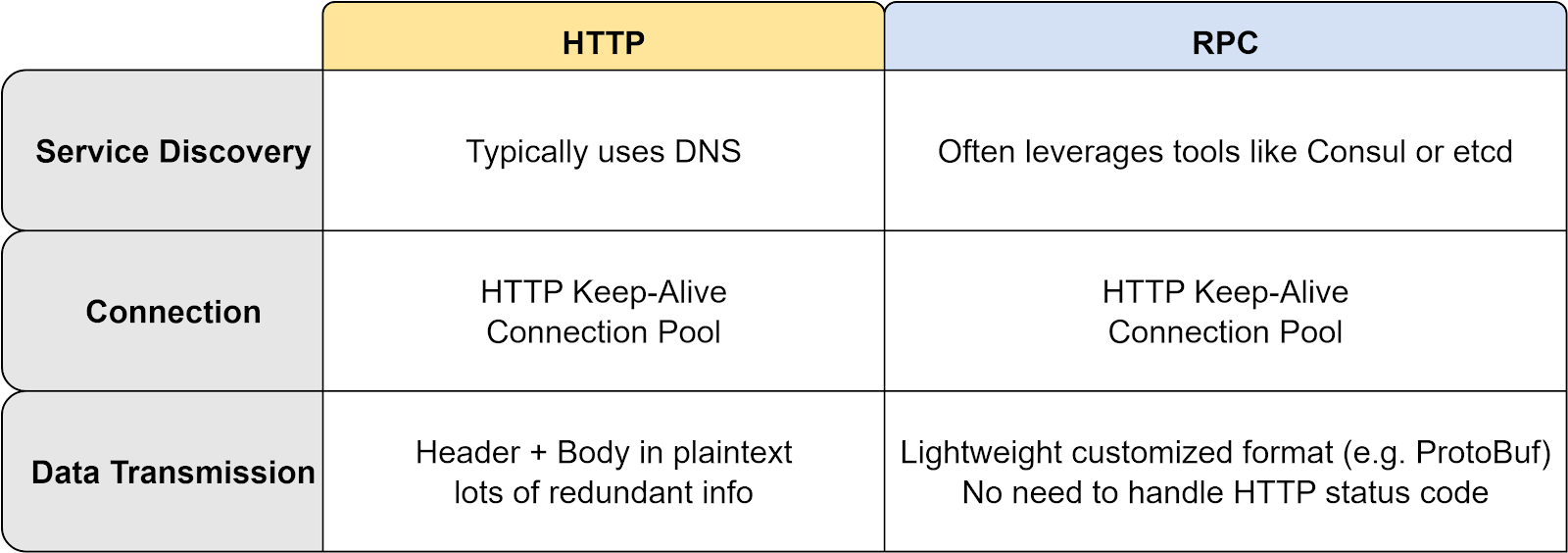
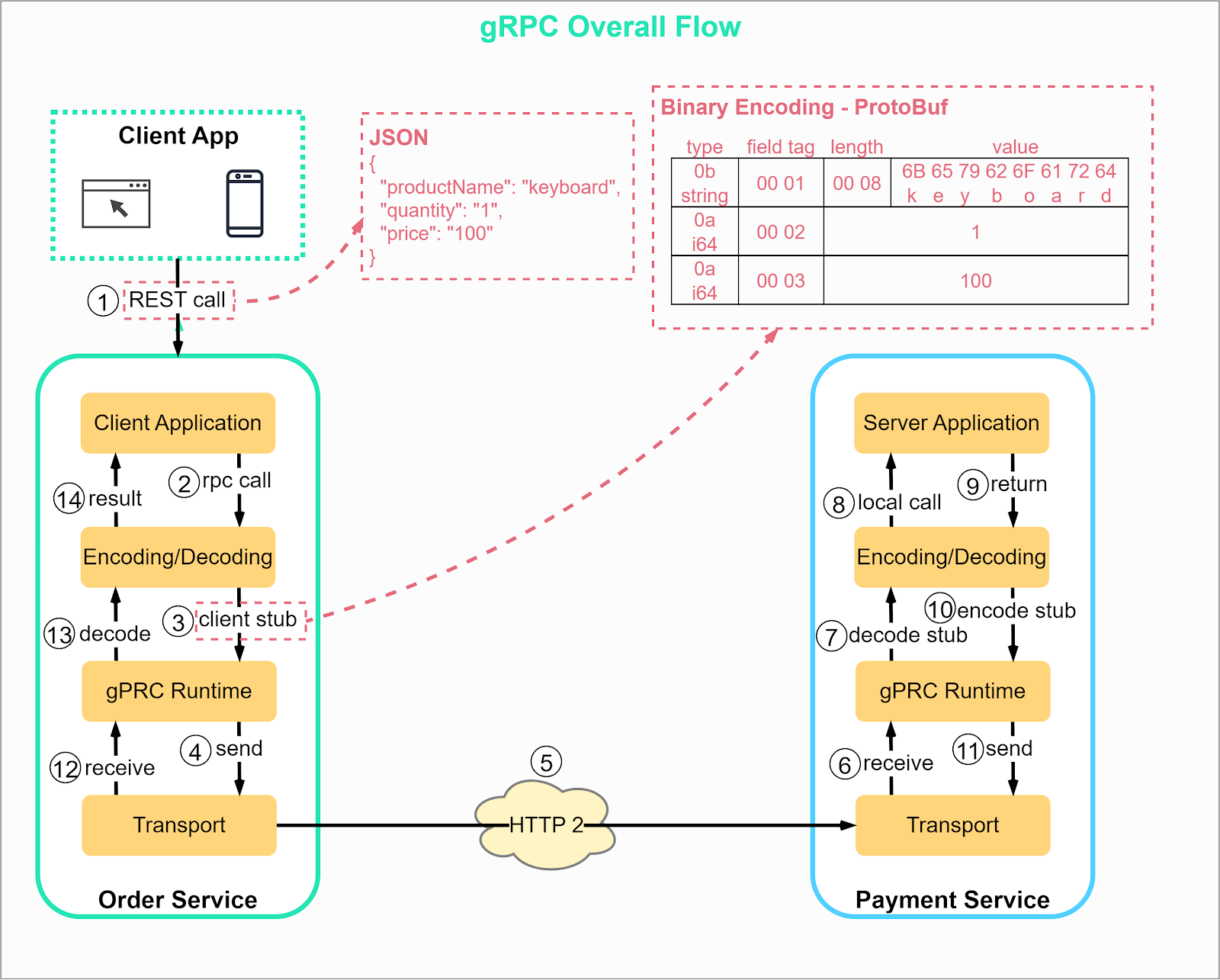
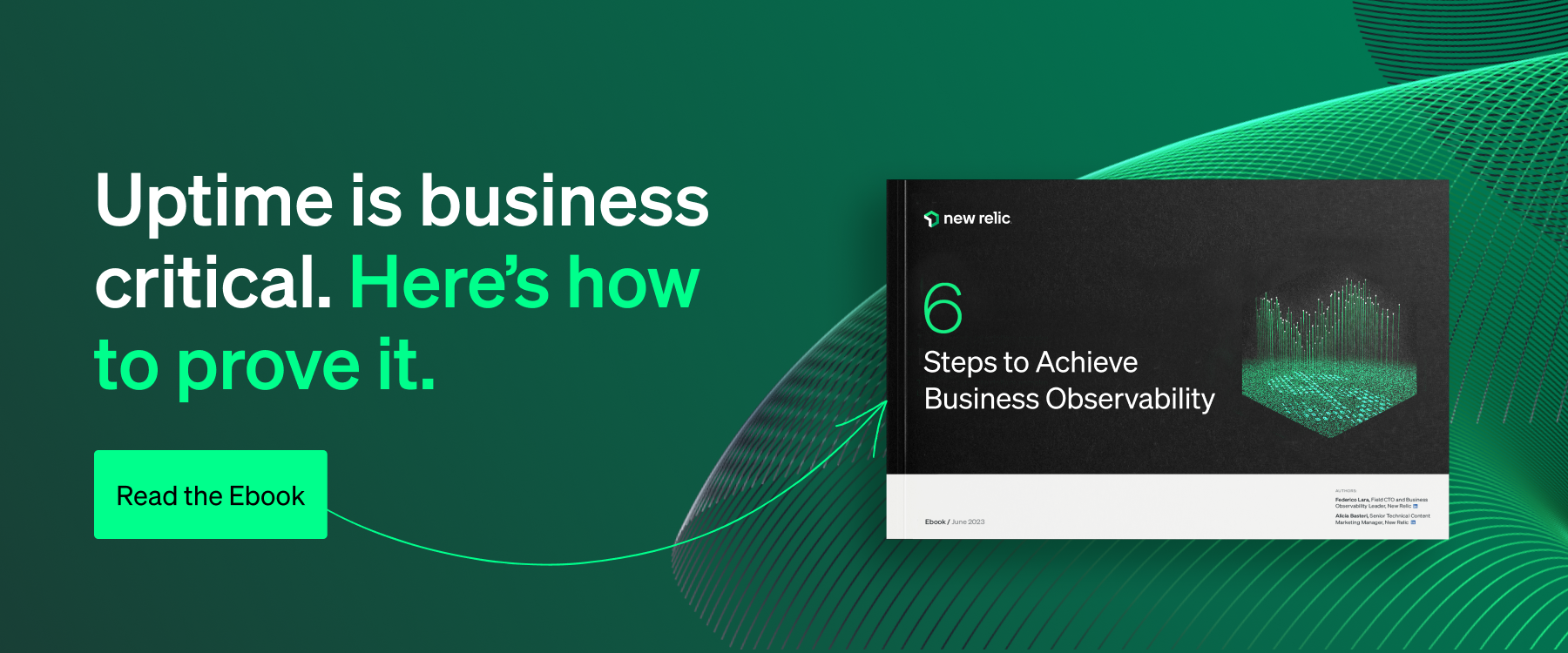
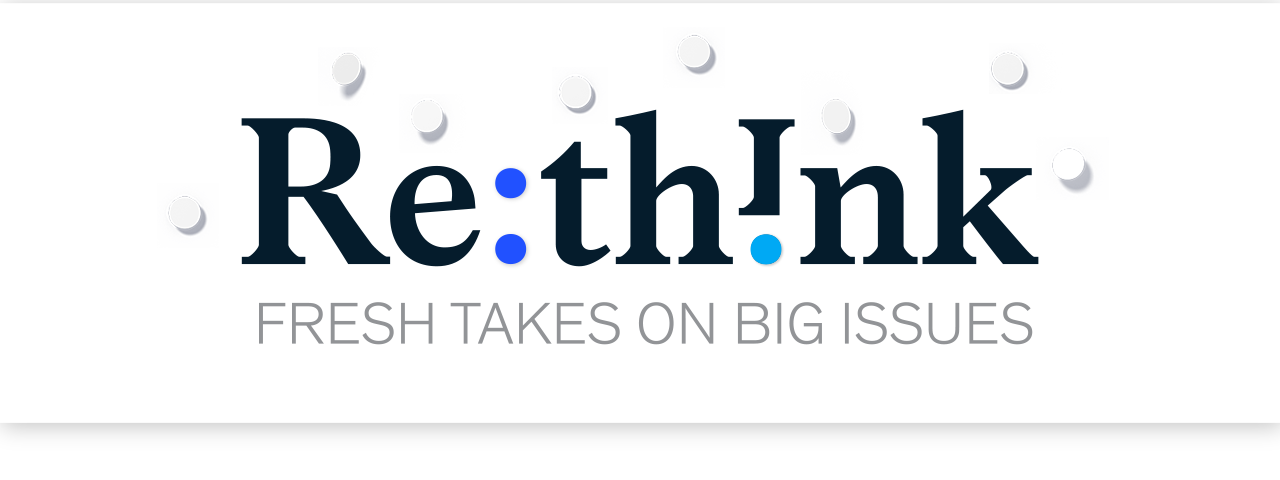
















.png?width=1200&upscale=true&name=Hero_Email%20(1).png)
